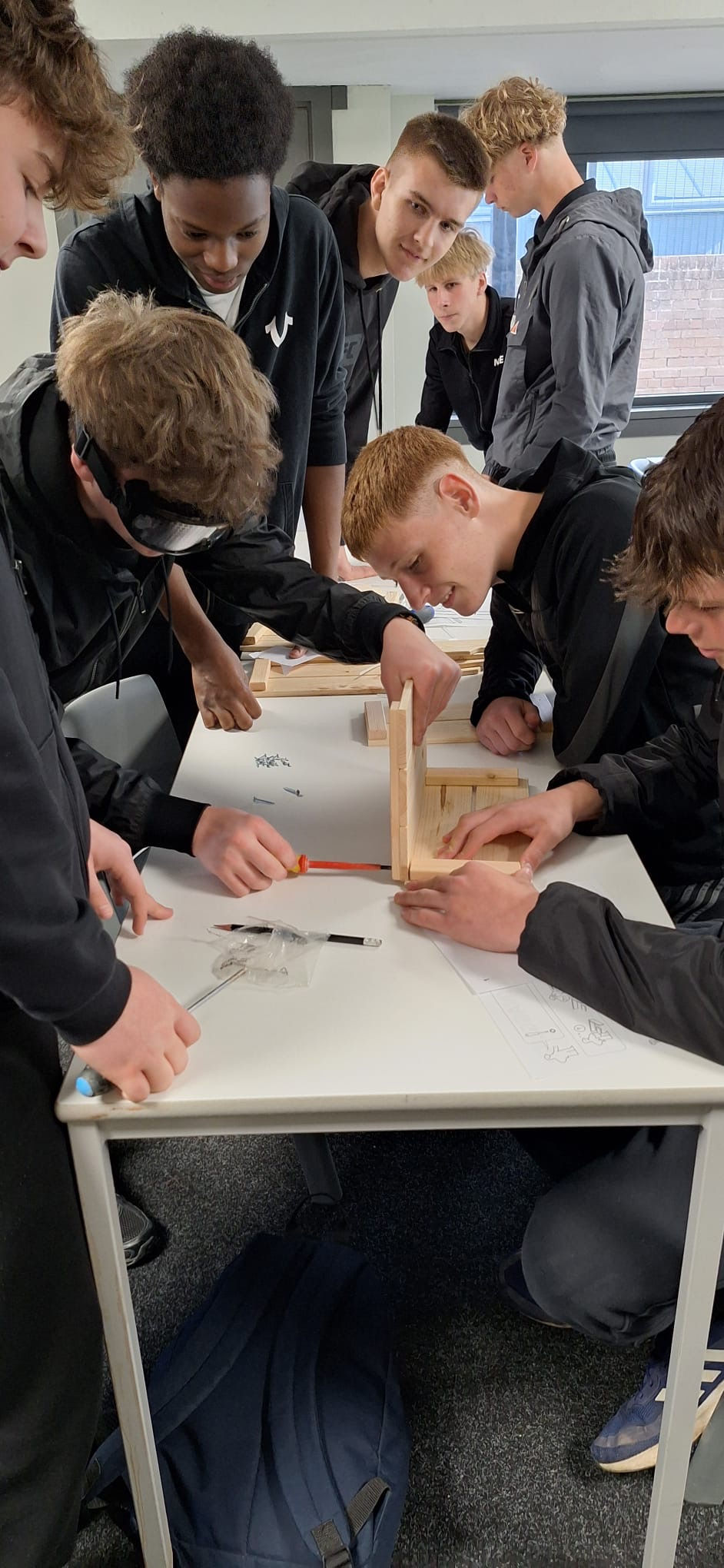Improving Standards in Education for Better Outcomes
- ANTA Education

- Jun 30
- 4 min read
Education is the cornerstone of societal growth and development. As we advance into a more complex world, the demand for an effective education system that delivers quality outcomes has never been more critical. Improving standards in education not only enhances student performance but also creates a framework for lifelong learning.
Understanding Education Standards
Education standards refer to the learning objectives and benchmarks that guide teaching and measure student performance. High standards ensure that students receive a quality education relevant to today’s demands. In many regions, these standards define the curriculum, assessment metrics, and necessary skills students should develop. By establishing clear expectations, educators can create a road map for student success.

Statistics show that areas with well-defined educational standards produce higher academic achievements. For example, according to a study by the National Assessment of Educational Progress (NAEP), students from states with rigorous standards scored significantly higher in reading and mathematics compared to those with looser benchmarks. This evidence emphasizes the importance of clear and challenging standards in promoting student success.
Strategies for Improving Educational Standards
Various strategies can be implemented to improve education standards. These include teacher training, curriculum development, and enhancing assessment methods. Each approach plays a significant role in shaping a robust education framework.
Teacher Training and Development
Educators are at the forefront of delivering quality education. Investing in ongoing professional development is essential for teachers to stay updated with teaching methodologies and educational technologies. Training programs focused on critical thinking, classroom management, and technology integration can equip teachers with the necessary tools to enhance student learning.
Research indicates that effective teacher training programs can lead to a 7% increase in student achievement. Schools should prioritize mentoring, coaching, and collaborative learning communities to foster continuous improvement among educators.

Curriculum Reformation
Aligning the curriculum with updated educational standards is vital for delivering quality education. A well-structured curriculum should incorporate essential life skills, critical thinking, and problem-solving approaches. Integrating technology in the curriculum prepares students for a digital future and enhances their learning experience.
For example, schools that have adopted STEM (Science, Technology, Engineering, and Mathematics) curricula have seen improvements in student engagement and performance in these subjects. By making learning more relevant to real-world applications, educators can inspire students to pursue careers in these vital fields.
Effective Assessment Methods
To measure progress accurately, schools need to implement effective assessment methods. Assessments should not only be about standardized tests but also include formative assessments like project-based learning and peer reviews. These approaches provide a more rounded understanding of a student’s abilities and learning journey.
For instance, some institutions have replaced traditional exams with portfolio assessments, allowing students to showcase their learning outcomes through various means. This method not only alleviates exam stress but also fosters a deeper understanding of the material.

Engaging Parents and Communities
Family and community involvement significantly enhance education outcomes. When parents and local communities play an active role in supporting the education system, students tend to perform better. Schools should foster partnerships with parents through regular communication, workshops, and community events.
To illustrate, schools that engage parents in the learning process, such as providing workshops on subjects like mathematics or reading, can significantly improve student performance. When parents are educated about the curriculum and can actively support their children's learning at home, schools often witness increased student motivation and achievement.
Leveraging Technology in Education
Technology has transformed the way learning occurs. By integrating technological tools, schools can enhance educational quality and accessibility. Online resources, educational apps, and e-learning platforms can provide students with personalized learning experiences tailored to their needs.
For example, blended learning models that combine traditional classroom instruction with online learning have shown considerable success in increasing student engagement. Teachers can use technology not only for delivering content but also for assessing and tracking student progress in real time.
Building a Culture of Continuous Improvement
Creating an environment focused on continuous improvement is essential for sustainable educational success. Schools must regularly evaluate their teaching methods, curricular effectiveness, and student outcomes to identify areas needing enhancement. This culture of constant evaluation encourages innovation and adaptability in teaching practices.
Education quality assurance plays a crucial role in this ongoing process. By establishing a system of regular reviews and assessments, education providers can maintain high standards and accountability. Schools that adopt a proactive approach to quality assurance often achieve better results in student performance and satisfaction.
Final Thoughts on Education Standards
Improving education standards is a multi-faceted challenge that requires a collaborative effort from educators, parents, and the community. By focusing on teacher training, curriculum reform, effective assessments, and technology integration, we can create a system that promotes better educational outcomes. When everyone is committed to enhancing the quality of education, we pave the way for a brighter future for our children.
In the end, the goal is clear: to ensure that every student has access to the tools and support necessary for successful learning experiences that extend beyond the classroom. Investing in educational standards today means promising a brighter, more informed society for tomorrow.



Comments